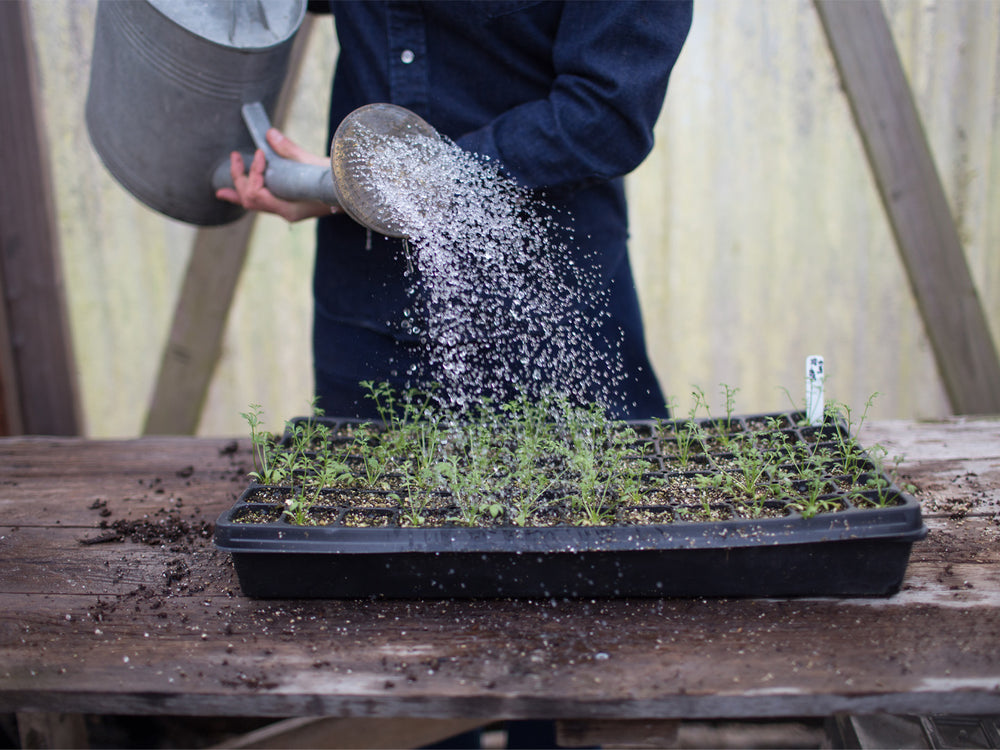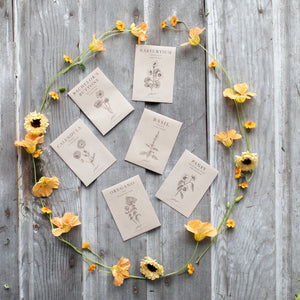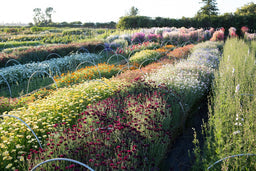Snapdragon ‘Madame Butterfly Dark Red’
Antirrhinum majus
Description
Often referred to as azalea snapdragons, these double-petaled beauties are adored for their pleasant perfume, coveted rich velvet red color, and long-lasting blooms. Because of their fullness, they are difficult for insects to pollinate, so their blooms last longer in the vase than other single-flowered types.
Details
Height: 30 to 36 in
Site: full sun
Days to maturity: 110 to 120 days
Plant spacing: 9 in
Pinch: when 4 to 5 in tall
Seed Sowing & Growing Notes
Start seed indoors in trays 8 to 10 weeks before last frost; transplant out once the weather has warmed. Seeds are very small; bottom-watering is recommended until plants emerge.
Harvesting/Vase Life
Details
Description
Often referred to as azalea snapdragons, these double-petaled beauties are adored for their pleasant perfume, coveted rich velvet red color, and long-lasting blooms. Because of their fullness, they are difficult for insects to pollinate, so their blooms last longer in the vase than other single-flowered types.
Details
Height: 30 to 36 in
Site: full sun
Days to maturity: 110 to 120 days
Plant spacing: 9 in
Pinch: when 4 to 5 in tall
Seed Sowing & Growing Notes
Start seed indoors in trays 8 to 10 weeks before last frost; transplant out once the weather has warmed. Seeds are very small; bottom-watering is recommended until plants emerge.
Harvesting/Vase Life
Sources
How to Grow

Winter Mini Course: Seed-Starting 101
Learn how to start flowers from seed in this three-part video series
In our upcoming Winter Mini Course, you’ll learn everything you need to know to successfully start flowers from seed, including all of the necessary supplies, step-by-step instructions, special tips and tricks, and how to create a simple indoor seed-starting area.















